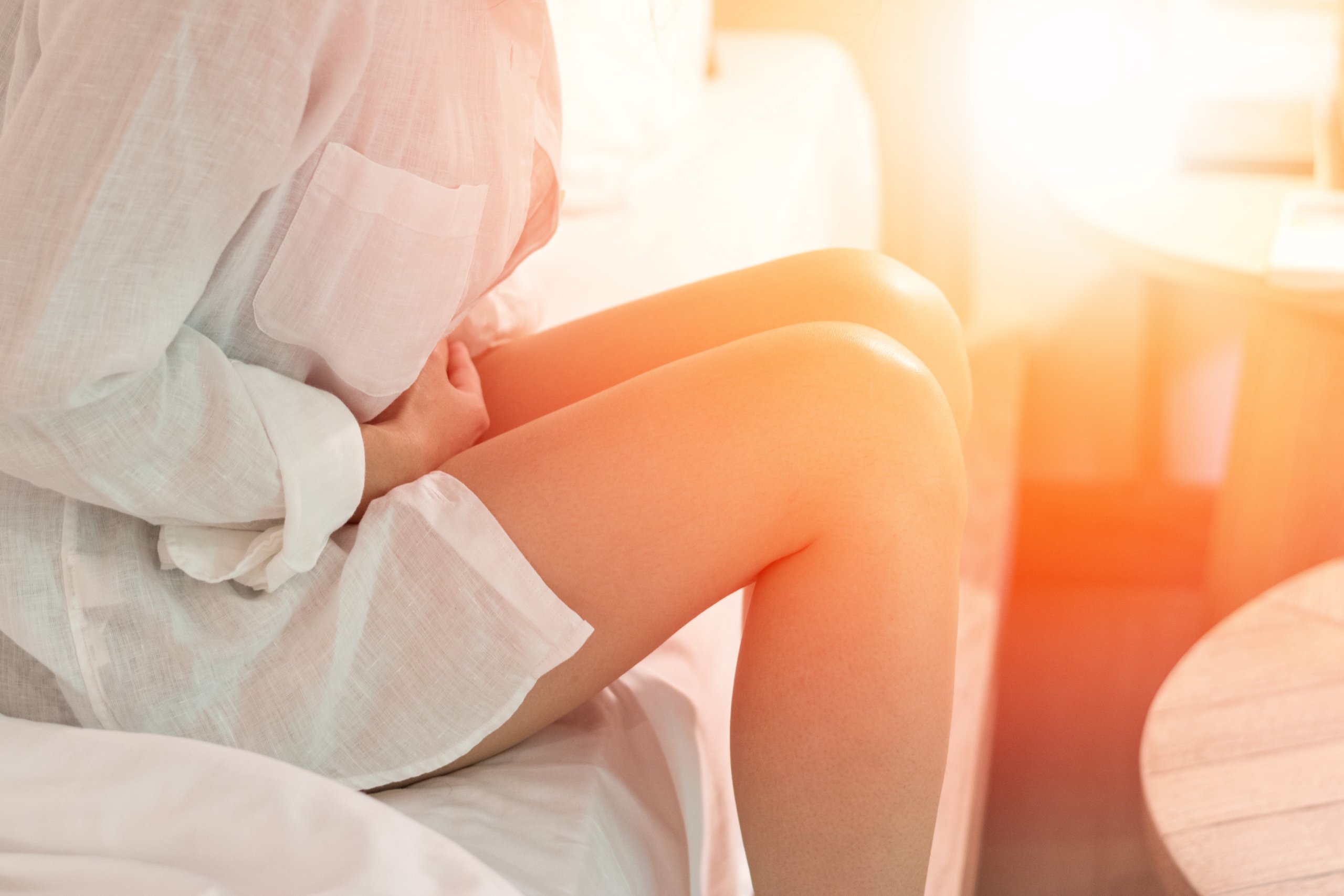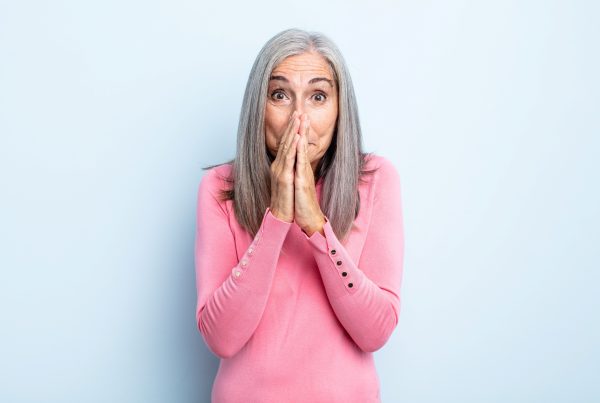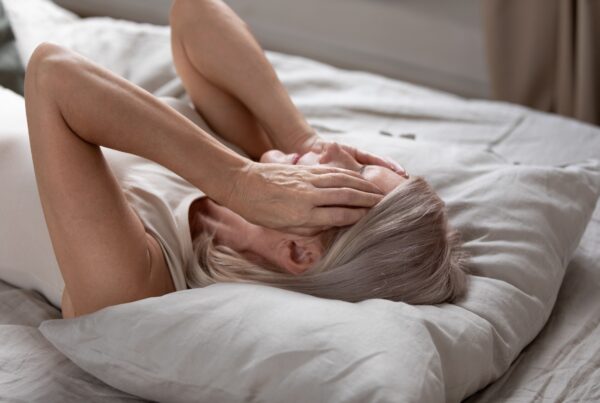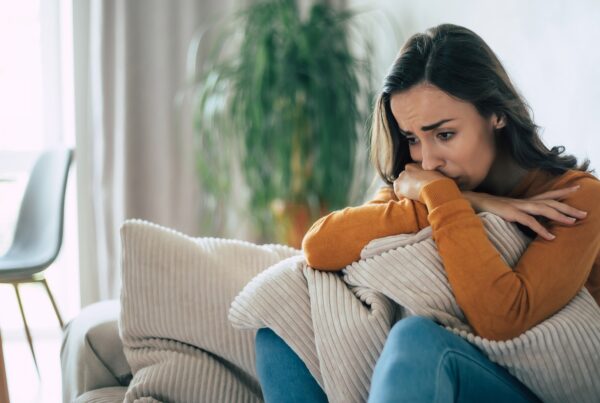
Are you at your wit’s end with Endometriosis?
If so, UROSPOT may be for you.
While UROSPOT doesn’t make official claims that they can treat endometriosis pain, I believe they can (and did) for me. Here’s my story.
ENDOMETRIOSIS SYMPTOMS AND PAINFUL PERIODS
I didn’t know I had endometriosis until I was in my mid-30s. I found out because I went to ER with excruciating, bent over pain (a 12 on the scale of 1-10). They had me in surgery within a couple of hours to remove my appendix. They assumed, based on the location of my pain, that I was suffering from appendicitis. Post-operation sans appendix, I was called in for an appointment and the doctor gave me the heart-breaking news that I did in fact, have something called endometriosis. I had no idea what that meant, other than the fact that it finally made sense as to why I’d been battling with tremendous, indescribable painful periods (common endometriosis symptoms) since the age of 16 that none of my girlfriends experienced.
Since then, I’ve done a lot of research on endometriosis – what it is, how to manage it, what the options are to treat it, and how to eat to mitigate it. I’ve googled everything from endometriosis causes, to endometriosis treatment, and even learned about endometriosis polyps. I’ve been told having endometriosis surgery for removal isn’t a great option, because it’s impossible to remove every cell of misplaced tissue. Also, the likelihood of having a recurrence depends on the severity of the endometriosis and whether or not the surgeon is able to remove most of the endometrial tissue during the procedure. The size of the endometriosis doesn’t correlate to the amount of pain it causes. Meaning, if they miss a small portion of it during the procedure, that may be the biggest contributor of the pain and it would be all for nothing. It was very discouraging. So, I did what I’ve been doing my whole adult life, I took pills, missed some days of work during my painful period, and thought being in a fetal position bent over in pain was a normal part of having your period as a woman. I also wasn’t aware that being completely zapped of energy for the first two days of your period wasn’t normal either.
RELIEF FROM ENDOMETRIOSIS PAINFUL PERIODS
I’ve been so used to getting the heads up that my period was coming based on fatigue, “knock you on the floor” kind of cramps, and popping 2 extra strength Tylenol every four hours, that it didn’t register immediately when I had my first period pain free. On the second day of my period, I had cause for pause. I didn’t remember popping any pills. I didn’t recall having any pain. And I hadn’t been feeling sleepy. I was alarmed more than anything. Was something wrong? Why did that go differently? Am I moving into menopause? The next day my period was gone so I thought maybe it was something else and the “real” period would arrive. It never did. Until the next month when it snuck up on me, made a 2-day appearance again, and then vanished. And it did this a third time, and a fourth. No pain. No pill popping. No fatigue. I literally thought “where has this been all my life?” The pain is GONE. Why? What happened?
I BELIEVE UROSPOT HELPED CURE MY ENDOMETRIOSIS PAIN
I realized that literally, I had done only one thing differently the weeks leading up to the endometriosis pain-free life. I was treating urge incontinence non-invasively at UROSPOT where I was strengthening my pelvic floor, so I didn’t have to pee all the time. I went for 6 28-minute sessions over a 5-week period (I drove from Toronto to London for the treatments and had to space them out due to scheduling on my end). UROSPOT was successful in treating my urge incontinence and I was enjoying a life of walking and not feeling like I needed a washroom every 5 minutes, but I was positive it also did something related to my endometriosis. I saw something mentioned on their website under FAQs about someone else having similar endometriosis results, so I called the owner. She said this anecdotal feedback is given by many her clients. WHAT A BLESSING!
IF YOU SUFFER FROM ENDOMETRIOSIS PAIN, UROSPOT MAY BE RIGHT FOR YOU.
Sharing my story excites me because I know how endometriosis symptoms and painful periods can be debilitating. If my story can help someone get the relief I did and find freedom from endometriosis pain, then I can feel better as a woman knowing I helped another. Pelvic health therapy in various forms is increasing in popularity among women with endometriosis, and I want women to know about this non-invasive way to strengthen your pelvic floor at UROSPOT . UROSPOT .com is a great resource for understanding how their advanced technology works, what the UROSPOT experience is like, and answers some frequently asked questions. You can also easily book right from their site. I was first lured to UROSPOT and the KEGEL THRONE based on a friend referral and her success, but I was also impressed with the service, knowledgeable staff, and the fact that it is both FDA and Health Canada approved.
THE ENDOMETRIOSIS LOW-DOWN
The mayoclinic.org endometriosis definition states that endometriosis occurs when bits of the tissue that lines the uterus (endometrium) grow on other pelvic organs, such as the ovaries or fallopian tubes. Outside the uterus, endometrial tissue thickens and bleeds, just as the normal endometrium does during the menstrual cycle. As a previous sufferer, all I can say is “OUCH”. What it meant for me was extreme fatigue (usually around ovulation and always at period time). It also meant painful intercourse, extremely painful periods, endo-belly, and lower back pain.
Wikipedia cites the main endometriosis symptoms as pelvic pain and infertility. My experience is that UROSPOT helped with reducing pelvic pain (and in my case specifically, eliminating the pain and fatigue altogether). Less common symptoms include urinary or bowel symptoms. I’m not sure if my urge and stress incontinence were a function of having endometriosis or not. I’ve never had children, so I don’t know why I pee when I jump or have to pee so frequently, but after completing my sessions at UROSPOT where I strengthened my pelvic floor, I haven’t had these issues.
I was reading on the VitalHealth.com site an article titled: Treating Pelvic Floor Dysfunction in Women with Endometriosis & Other Pelvic Pain Conditions. They state that pelvic floor dysfunction (PFD) is a common condition in women with endometriosis and other pelvic pain conditions and occurs when the muscles that form the pelvic floor have tightened in response to chronic pelvic pain. Even after the original source of pelvic pain has been resolved, PFD persists as an acquired or secondary source of pelvic pain. In severe cases, the patient suffers from pelvic floor spasms, which can be excruciating and make intercourse impossible. Other common symptoms are pain and/or difficulty emptying the bladder or bowel and painful UROSPOT intercourse. Pelvic floor dysfunction can affect all the organs in the pelvis, including the urinary, genital, and bowel systems, and can have further-reaching effects on the body (coordination, alignment, breathing, and mobility).
Perhaps this is why I first went to UROSPOT for the bladder issues, and ending up with a bladder and endometriosis solution!!!!
THE IMPORTANCE OF A STRONG PELVIC FLOOR
Five things that pelvic health physical therapy can do to improve your endometriosis-related pain
Sallie Sarrel PT, ATC, DPT wrote a column on endometriosis.org. She explains the importance of creating a stronger pelvic floor.
Sarrel states that the pelvis is lined with muscles called the pelvic floor. The pelvic floor steadies the bony outlet of the pelvis, supports the organs of the pelvis, and stabilizes connected joints like the hip and sacroiliac joint. The pelvic floor assists with fecal and urinary release and may aid in sexual performance like orgasm. The pelvic floor needs length to be able to accommodate pain-free sex.
Sarrel also states that the pelvic floor forms a sling shape that connects the front, back, and sidewall of the pelvis. The vagina, rectum, and urethra have muscular connections. So, any time you have a history of endometriosis the pelvic floor muscles respond to the presence of disease. If the pelvic floor muscles cannot effectively coordinate contraction and relaxation of the pelvic floor it is called pelvic floor dysfunction. Symptoms of pelvic floor dysfunction include, but are not limited to:
- pain in the back, hips, and sacroiliac joint
- difficulty emptying the bladder
- urinary frequency, burning or pain
- constipation or diarrhea
- painful bowel movements and fecal incontinence
- painful sex
- inability to tolerate a speculum during a gynecological exam, and
- pain with wearing tampons.
Sarrel writes that strengthening your pelvic floor can help you normalize pelvic floor dysfunction with a number of different interventions that will encourage you to re-coordinate the pelvic floor.
For me personally, the fastest way to a stronger pelvic floor was by sitting on the UROSPOT Kegel Throne, where the chair uses using high-intensity electromagnetic energy over six 28-minute sessions. After each 28-minute session, you will have done 11,000 Kegels, correctly, with no effort. The technology literally does the work for you. Bladder leaks go away, as did that intense and frequent urge to pee did too. But the most amazing surprise benefit, or “side-effect” if you will, was the impact it had on removing my endometriosis pain and other painful symptoms like lower-back issues and fatigue.
If you’re at your wit’s end with endometriosis, I hope this helps you.



